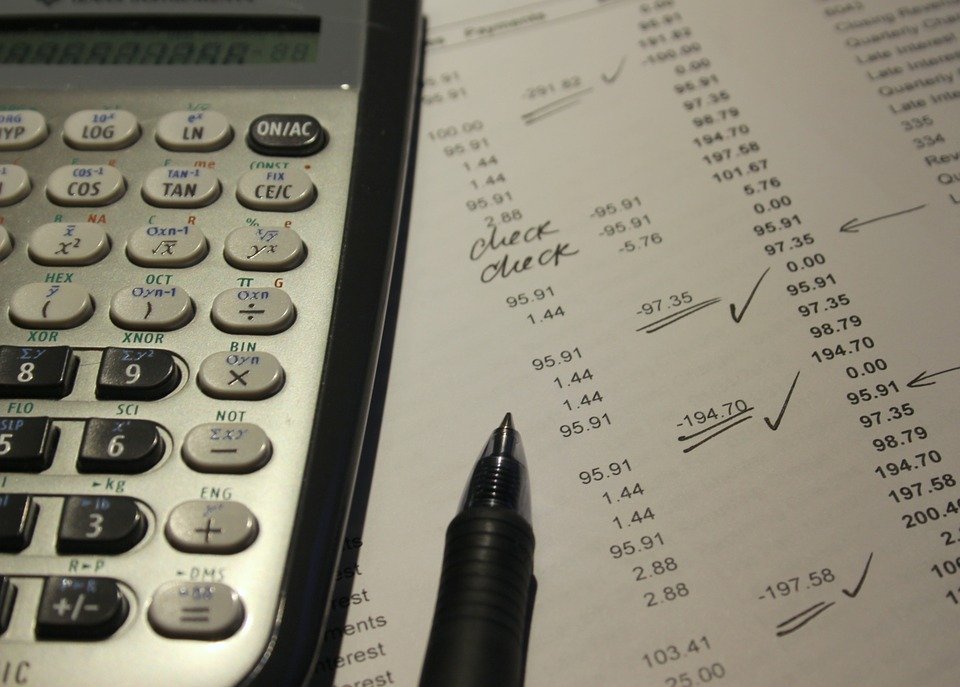
Single vs Double-Entry Bookkeeping Systems

Bookkeeping systems can be classified as either single entry or double entry depending on how many times a transaction is recorded. Some business owners and entrepreneurs assume that transactions should be only recorded once. Whether it’s a credit or debit, they only record transactions in once. While this is a viable accounting method, however, it’s not necessarily the best. To choose the right bookkeeping system for your business, you must first understand the differences between single-entry and double-entry systems.
What Is a Single-Entry Bookkeeping System?
As the name suggests, a single-entry bookkeeping system is an accounting method in which each of your business’s financial transactions is recorded once, typically either in a journal or general ledger. Whether it’s a debit or credit, you only record transactions once when using a single-entry bookkeeping system. As a result, it’s a simple and easy way to keep track of your business’s financial transactions.
What Is a Double-Entry Bookkeeping System?
A double-entry bookkeeping system, on the other hand, is an accounting method in which each of your business’s financial transactions are recorded twice. With a double-entry bookkeeping system, each financial transaction is recorded in two separate accounts.
Why would you need to record financial transactions twice exactly? Well, if you’re paying off a loan, using a double-entry bookkeeping system ensures that all payments made towards the loan lower the amount of money you owe the lender while also reducing your business’s total money.
The key thing to remember with double-entry bookkeeping is that all transactions are recorded as both a debit and a credit. Additionally, all transactions are placed in two separate accounts. You can think of double-entry bookkeeping as a way of tracking inventory and accounts receivables.
Choosing the Right Bookkeeping System
After reading this, you might be wondering whether to use a single-entry or double-entry bookkeeping system for your business. While some business owners and entrepreneurs prefer the simplicity of a single-entry system, a double-entry system usually offers the best results.
If you use a double-entry bookkeeping system, you’ll be able to calculate your business’s profits and losses more accurately and with greater ease. The only downside to using a double-entry bookkeeping system is that it’s more time consuming and tedious to record financial transactions, as each transaction is recorded twice. But if you’re willing to invest the necessary time, you’ll probably discover that it’s well worth it.
Have anything else that you’d like to add? Let us know in the comments section below!
